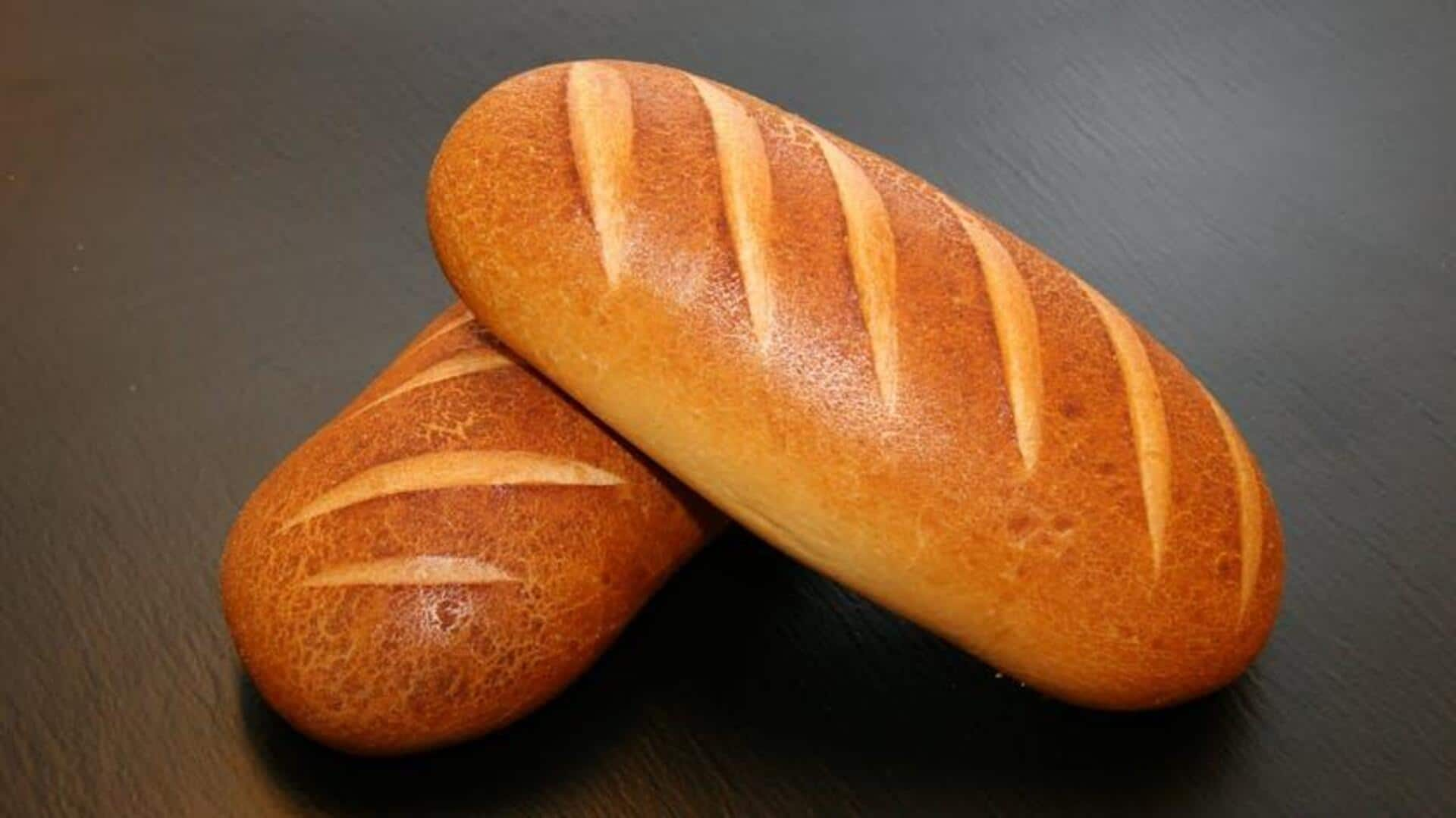
From flatbreads to fluffy loaves: The history of bread
What's the story
Bread has been a staple in human diets for millennia, having evolved from simple flatbreads to the loaves we see today. It all started with ancient civilizations grinding grains into flour and mixing it with water to form a dough. Over time, techniques improved and leavened bread came to be. Here's how bread has transformed through the eras and cultures, reflecting changes in technology and society.
Early days
Ancient beginnings: The first flatbreads
The earliest forms of bread were probably simple flatbreads prepared by mixing ground grains with water and baking them on hot stones or ashes. These breads were dense and unleavened, offering essential nutrients to early humans. Archaeological evidence indicates that such breads were eaten as long as 30,000 years ago. As agriculture evolved, so did the variety of grains used in making bread.
Leavening techniques
The rise of leavened bread
Leavening was a major breakthrough in bread-making that added air pockets into the dough, making it lighter. Ancient Egyptians are said to have discovered natural leavening agents such as wild yeast around 4,000 BCE. This made way for more texture and flavor in bread. The practice of using sourdough starters became commonplace across numerous cultures.
Modernization
Industrial Revolution: Mechanization changes everything
The Industrial Revolution brought about mechanization, turning traditional baking into an industrial process. By the 19th century, with the invention of machines such as roller mills and automated kneaders, flour production became more efficient than ever. This period also saw an increase in the availability of commercial yeast, which simplified the process of home baking even more.
Health focus
Contemporary innovations: Health trends shape bread today
In recent decades, the interest in healthier bakery products such as whole grain or gluten-free ones has surged. This comes as people have become more aware of their health benefits, including improved digestion and reduced risk of chronic diseases. They are gaining popularity around the world, keeping up with the modern demands of a changing society. The future of bread looks promising, with potential exciting developments yet to come.